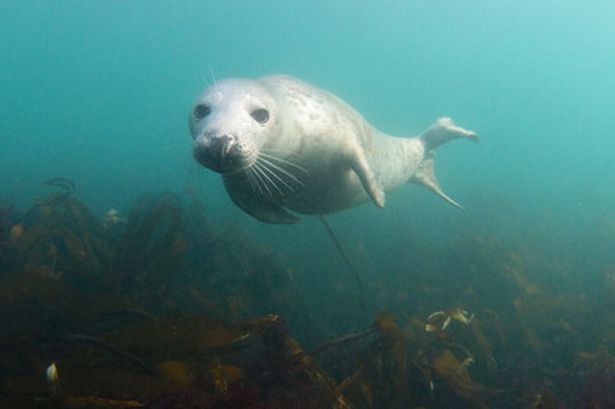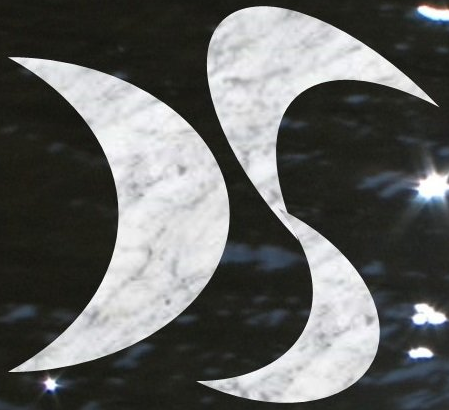SELKIE SEASON - soaking up selkie tales
Selkie September - our love of selkies

Most of you will be familiar with selkies– shape-shifting folklore creatures who are seals in the water and can take human form on land. In selkie tales there is often a male figure, such as a fisherman, steals the female selkie’s sealskin which means they cannot transform back. Often the selkie woman is forced to marry the fisherman. Selkie women often lose their memory of who they really are but they never find happiness on land and their hearts long for the sea.
Problematic selkies:
I am currently writing a short film about a selkie. It is set in the modern day but is heavily influenced by traditional selkie tales. One of the difficulties in writing a selkie story along these lines is in ensuring that the women maintain some agency and narrative drive rather than only being passive. Yet there is still a need to present their vulnerability as victims of crimes against them. It can be a delicate balance.
The stealing of the sealskins is a symbol of the asymmetric power in the relationship – where the male character holds the cards (or skins) and the desires and needs of the female selkie are cast aside. At best these marriages may offer relative safety and comfort but the selkies are unfulfilled and they long to return to the sea. There are tales where the selkie loses their memory of their real identity and is essentially held captive with gaslighting, abuse and possible violence. There is an underlying darkness to many selkie tales which I feel is often glossed over in the wonder, romance and stunning landscapes.
So what messages can we take from these selkie tales? I would like to think that rather than gloss over the problematic dark heart of the mythology, it is better to embrace and confront it. I think we can point out this abusive power (of mankind over nature, of the fisherman over the selkie woman). We can say there is a message not to settle for being dissatisfied and to be true to yourself and your true calling. A message to take back agency and control and to follow your wild heart.
So what do you folks think of selkie tales? Join the conversation and let us know.
You can listen to our podcast interview with Uisdean Murray Director of ‘Mara: The Seal Wife’
Great podcast and selkie tales from Siobhan at Myth, Legend and Lore Podcast
https://podcasts.apple.com/gb/podcast/the-myth-legend-lore-podcast/id1441211425?i=1000428517847
Jackie Morris on Folklore Thursday http://folklorethursday.com/?p=2813
Morgan Grey World of Selkies http://morgangrey.com/2012/welcome-to-the-selkie-world
Terri Windling Myth & Moor https://www.terriwindling.com/blog/2020/07/selkies.html








